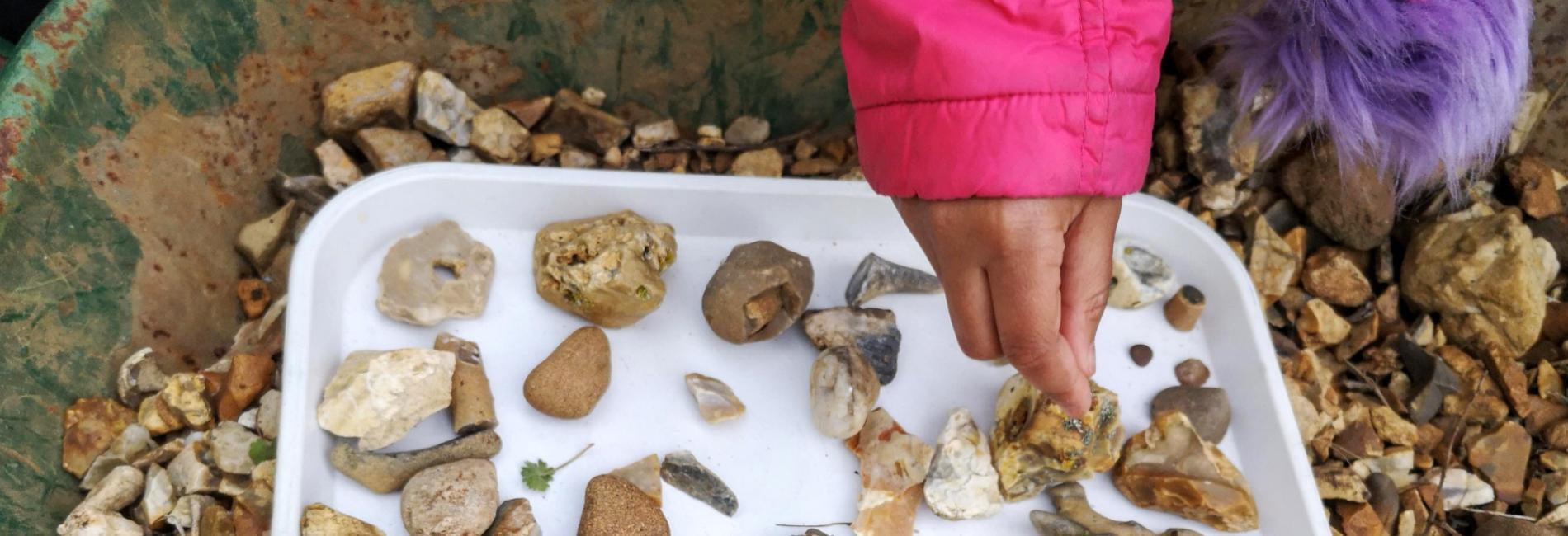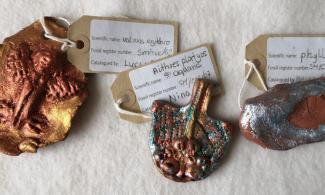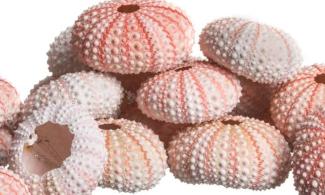Information
Gravel Hunters is an educational resource that aims to encourage budding explorers of all ages to discover fossils for themselves on their doorsteps. From gardens to car parks and driveways, fossils can be unearthed in flint gravel from all sorts of environments - all you need to do is collect them.
This resource gives examples of some of the most common fossils found in flint gravel.
Watch this video to learn how to find fossils in flint gravel and download an updated version of the Gravel Hunters resource pack for 2025 to join in.
Extension activities for the classroom and home school





